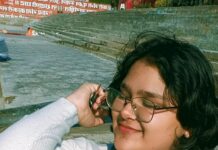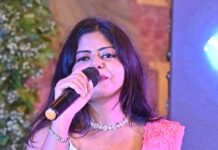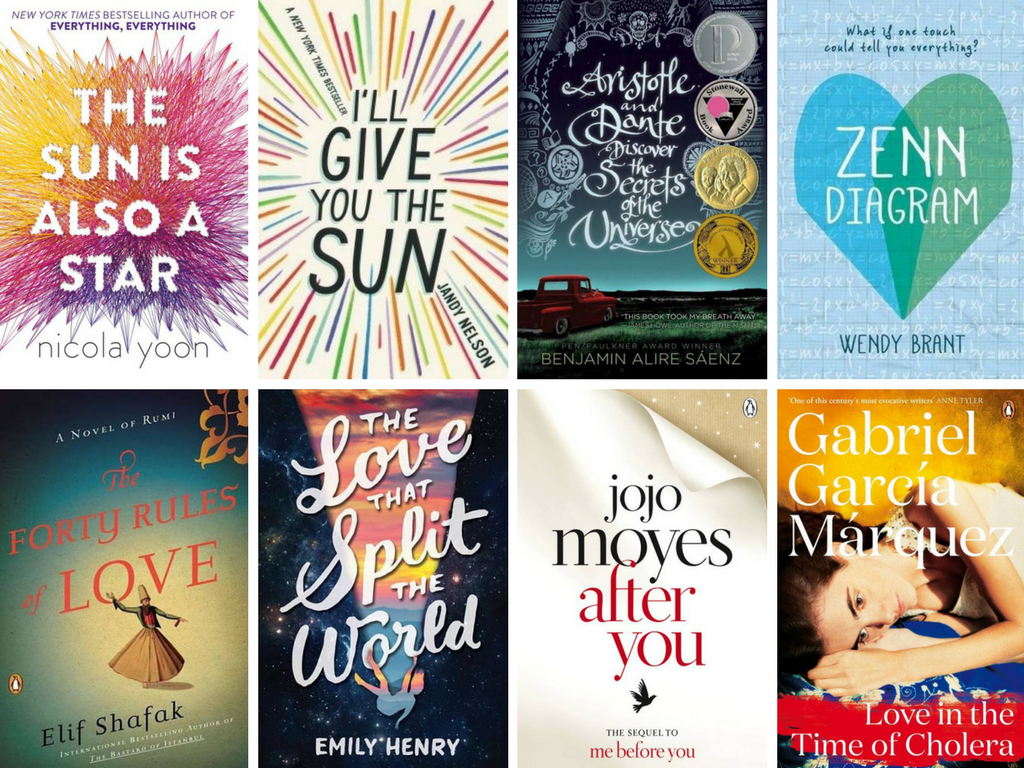1. What inspired you to write horror stories based on actual events?
I’ve always been fascinated by ghost stories. Growing up, I heard countless tales and even witnessed some eerie experiences firsthand. When I seriously started writing and working on my novel, I realised I had many more stories to share—stories that had stayed with me for years. To my surprise, there were so many real incidents worth telling that I decided to compile them into a horror anthology.
2. How do you balance fiction and reality when writing supernatural tales?
When someone sees a ghost, the scariest part isn’t just the sighting—it’s the uncertainty. Was it real or just an illusion? If the person experiencing it isn’t sure, how can others believe it? That’s why real-life encounters sometimes make incomplete stories. Fiction helps bridge that gap. By adding context, emotions, and atmosphere, it allows readers to feel the fear just as intensely as the person who lived through it. The balance lies in staying true to the essence of the real event while enhancing its impact through storytelling
3. Was there a particular story in your book that was the hardest to write? Why?
The most challenging stories to write were the ones that happened to people I know personally—and there were many. Knowing that someone close to me actually lived through those terrifying experiences made it emotionally challenging to put them into words. Some of these stories were once my own nightmares, and reliving them while adding every chilling detail was deeply unsettling. During those days, writing felt more like revisiting trauma than storytelling. A few that stand out as especially personal to me are Hanging Corpses, Woman from the Dream, Uninvited, and Parts of The Unknown.
4. As a professional dancer and now an author, how do these two creative fields influence each other in your life?
I love being able to do both. It makes me feel like a true multitasker. While it can be exhausting—dancing pushes my body to its limits, and writing keeps my mind constantly engaged—I wouldn’t have it any other way. When I dance, I miss writing, and when I write, I miss being on stage. It’s a cycle where I never really get a break, but in a way, that’s what keeps things exciting. Both fields fuel my creativity, and together, they create a balance that keeps me inspired.
5. Do you personally believe in the supernatural, or do you approach it with scepticism?
I’m a believer, which is why these stories have stayed with me—I never let them fade from my memories. I’ve witnessed things that I can’t explain, and in a universe as vast as ours, where we’ve barely scratched the surface of discovery, I believe the possibilities are endless. I am open to these elements. We haven’t even fully explored our own oceans, so who’s to say what other secrets this world holds? That said, I don’t blindly believe everything I hear. Sometimes words alone aren’t enough and we need something more concrete to be truly convinced.

6. What was the most chilling real-life story you came across that made it into your book?
One of the most chilling stories in my book is *Blood-Bound Bargain,* where a djinn invades and possesses a girl. I first heard about this incident as a child, but at the time, I didn’t fully grasp its horror. I began to understand its depth as I grew older, and it stayed with me. What made it even more unsettling was that people would tell me about similar experiences in their own families or communities whenever I shared this story. Realising that such things have happened to many people made it all the more terrifying.
7. How do you create an atmosphere of fear in your writing? Do you have a specific process?
As unsettling as it was to relive these stories while writing them, that very process helped me create an authentic atmosphere of fear. When I recalled those terrifying events, the way they were told to me or how I saw those things taking place, it wasn’t just a memory anymore—I could see myself standing there again, feeling the tension, listening to the horror and the dread. I simply translated those emotions onto the page. Rather than forcing fear, I let the story pull me in, and the horror unfolded naturally, making each scene as vivid and immersive as possible.
8. What’s your favourite horror book or movie, and how has it influenced your storytelling?
Most horror movies follow a familiar pattern—after all the terror, things eventually get resolved, or they throw in a last-minute twist to suggest the evil is still lurking. Over time, these endings became predictable. But not all horror stories end with closure, and I learned that the hard way when I watched a Turkish movie, Dabbe: Curse of the Jinn.
The film didn’t just scare me—it unsettled me deeper. Its ending was so disturbing that I felt the negativity for days. What truly shook me was its portrayal of human nature. It made me realise that sometimes, the absolute horror isn’t the ghosts—it’s what people are capable of. This perspective changed the way I approached my stories. I didn’t just focus on evil spirits; I tried to explore the fears rooted in human actions, emotions, and the unknown lurking within us all.
8. Did your experiences in Mumbai or Dehradun shape any of the horror stories in your book?
Absolutely. Both Mumbai and Dehradun have played a significant role in shaping my horror stories. Growing up in Dehradun, I was surrounded by eerie tales that became a part of my childhood, and I met people who were once possessed or still attached to otherworldly and evil practices. But when I moved to Mumbai, I encountered an entirely different kind of horror—urban legends, haunted places, and stories unlike anything I had heard back home.
In fact, I had my own personal brush with the paranormal in Mumbai. That experience didn’t make it into this book, but readers can expect to see it in my next one.
10. What advice would you give to aspiring horror writers who want to create genuinely terrifying stories?
For me, a truly terrifying story is one that feels real. The most common reaction I got from readers was the urge to ask me questions—they couldn’t wrap their heads around the fact that these events actually happened. That’s where the real fear comes in. When readers come back with questions, trying to make sense of a particular story and asking me how I was connected to the people mentioned in the story, all of that reinforced the authenticity of my work.
My advice to aspiring horror writers is to research deeply. Look into real paranormal encounters, study the extent to which dark forces can influence the everyday world, and understand how fear operates in the human mind. The more grounded your story feels, the more terrifying it will be. If you can blur the line between reality and fiction, your readers won’t just be scared—they’ll be haunted.



























